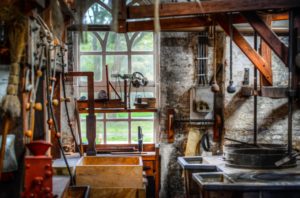Many Tools
Below, you’ll find information about services offered within The Hillsman Clinic. I think of my healing arts like a tool belt. A tool belt holds an assortment of devices used for different purposes. You can use a screwdriver on screws, but it’s not very useful for watering a garden. Similarly, each of my medicines have their own strengths and uses. Different conditions call for a different assortment of tools to get the best results. Read about them here:
Main Tools
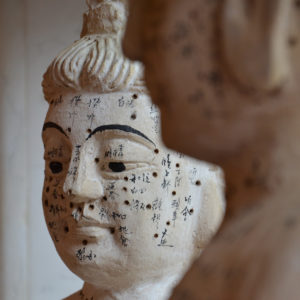
Acupuncture
Thin needles are inserted into the body. Sometimes they go shallow, just below the skin. Other times, needles go deeper into the tissues. In every case, I keep a close eye on patient safety and comfort. I understand many people don’t like medical needles. Fortunately, acupuncture needles are very thin compared to the syringes used in vaccines, so acupuncture treatments typically feel different from other types of needles.
Patients experience acupuncture in many different ways: some patients feel pressure, heaviness or a sensation of electric current when needles are inserted. Soreness and slight pain are possible, but every effort is made to maximize comfort. Many people enjoy acupuncture treatments and find that it quickly puts them into a state of deep relaxation.
In Traditional Chinese Medicine, they say needles are great at “moving qi.” This means they create circulation. When the body’s blood and energy systems become blocked, it creates all kinds of problems. Pain is one of the main issues that occurs through this stagnation. Acupuncture moves the stuck energy and blood, which can alleviate pain and many other problems.
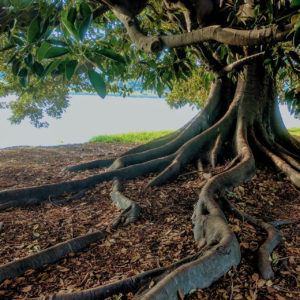
Herbs
The word “herbs” is only somewhat accurate in talking about the vast number of Chinese Medicinals. In a Traditional Chinese Pharmacy, you may find medicines in the form of roots, barks, mushrooms, flowers and other substances, such as deer antlers, stones and minerals.
Today, many of these medicines are turned into a simple pill or drink form. When taken this way, these medicinals are great for working with internal conditions in the body. However, many herbs are also turned into salves, oils and liniments for use on the outside of the body.
From a Chinese Medicine perspective, herbs are great at working with organ conditions. The classics teach us about patterns that affect organs like the Liver, Stomach, Bladder and others. This knowledge is relevant to many of the internal conditions that people experience today. The Chinese Medicinals are fantastic for things like digestive issues, respiratory conditions, low energy, menstrual problems and many other things.
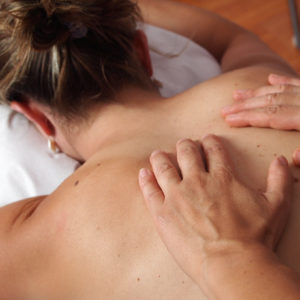
Tuina
As a form of Asian Bodywork Therapy, tuina is similar to medical massage. The practitioner uses their hands, fingers or elbows to work with the tissues of the patient’s body. Many people notice that tuina feels strong or deep, often more rigorous than the types of massage commonly offered at spas.
Often, tuina treatments focus on specific areas of the body that are dysfunctional. For instance, if a patient has left-sided shoulder pain, the practitioner may focus on the neck, left shoulder and left arm. Other times, the practitioner may work over the entire body.
Tuina is excellent for treating structural conditions. It can be used to treat pain, rehabilitate injuries, or for general stress relief. In traditional thought, Tuina breaks up qi and blood stagnation – Tuina breaks down obstructions, which allows qi and blood to flow, and for the muscles and other structures to return to a place of alignment.
At this clinic, Tuina sequences are typically provided on fully-clothed bodies.
Other Tools

Moxibustion
A strange word describes a powerful medicine. Moxibustion, or moxa for short, is a practice of heat therapy through burning a special type of herb. It’s called Mugwort (Artemesia Vulgaris), which is closely related to the Sage sticks burned in cleansing ceremonies. Like sage, this plant has a strong earthy smell. Mugwort is rolled into moxibustion sticks, balls or cones, and these are burned to produce a soothing heat. There is truly nothing like the welcoming warmth of moxa sticks. It emits deep into the body’s tissues and many find it highly relaxing. Clinically, moxa treats conditions where there is too much cold, which produces a certain type of pain. In addition, moxa is also used to improve a person’s energy.
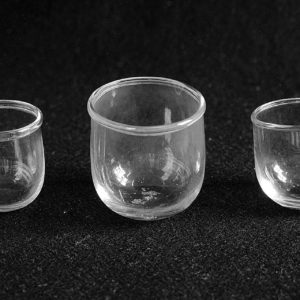
Cupping
Maybe you’ve seen the pictures of athletes with dark circles on their backs. These sort of marks are the result of cupping treatment. In cupping, fire is lit under a glass orb (what we call a cup) to create suction. These cups are placed on the open skin, often along the back, where they provide powerful vacuum suction. Cupping is great for releasing and separating adhesions in the tissues. When things are too stuck together, (when the muscles are tight and constricted), cupping is a fast way to release them. Cupping usually creates dark marks on the body, which most often disappear within two weeks. These typical marks are a harmless and normal reaction to the procedure. However, please inform your practitioner if you have concerns about having dark markings on your skin prior to getting cupping.

Guasha
This tool is also known as “scraping” to many people. In guasha, a small instrument (often a flat disk or square) is used to massage the tissues in a rapid motion. Like cupping, guasha is known to make areas of the skin darker temporarily. It sometimes looks like a bruise, but in reality it’s not an injury – this darkening is a natural part of the healing process, and tends to go away within two weeks. For many people, Guasha feels like an intense and vigorous massage. This tool is great for releasing. In traditional thought, Guasha can release toxic influences through opening the exterior part of the skin, and it’s also good at treating the connective tissues in general. Like cupping, if you have concerns about having dark marks on your skin, please talk to your practitioner before receiving guasha.

Craniosacral
This is a modern bodywork therapy that is added to many acupuncture and tuina treatments. In Craniosacral, the practitioner places a very light touch on the patient’s body. This therapy focuses on the bone structures – It is a way the practitioner works with the body to gently encourage the bones to move back into alignment. Craniosacral is often extremely relaxing, and it can put patients into a deep space of mind.
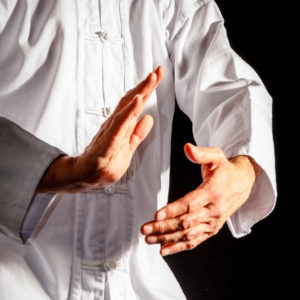
Qi Gong & Exercises
I am a Qi Gong and martial arts practitioner, with my experience spread out over various styles. This has given me insight into various exercises that can be used to help patients regain health. Sometimes I share therapeutic stretches or activities that patients can use. In addition, Qi Gong has taught me many body work techniques that I might incorporate into my sessions. Qi Gong healing often involves a light touch, or the hands may even hover above the body to project therapeutic energy into a patient.

Healing Trancework
I’ve studied various meditation techniques and ways of exploring consciousness for psycho-emotional healing. I’m a graduate of ISA’s Shamanic Healing Practitioner Training (in 2014) and I continue to expand my knowledge of trance, journey, and visualization exercises. These sessions involve taking a patient on an inner healing journey – it’s a bit like a guided meditation or imaginative exercise. These can be powerful tools for many deeper areas of healing, especially for the mind and emotions.
© Hillsman Clinic LLC, 2020 – 1647 N Alvernon Way, Unit 3, Tucson, AZ 85712 – (520) 465-6890
Disclaimer: Information on this website is provided for education purposes only. All images used do not depict real patients. Descriptions of treatments are intended to educate patients on the services offered at The Hillsman Clinic, but they do not promise that those services will be rendered. This website does not offer medical advice and it does not imply a guarantee of results for any patient. Please schedule an appointment with your health care practitioner for any health-related questions.
